- An IoT- based smart wallet prototype June 2, 2022
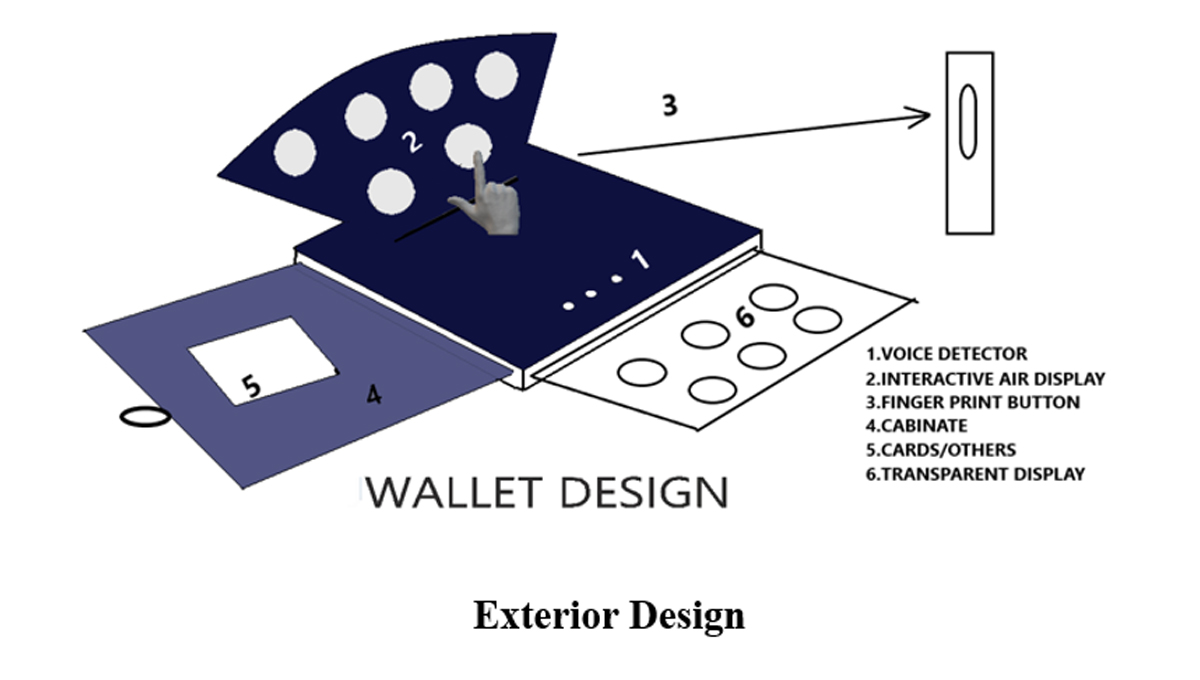 Dr Sonam Maurya, and her research team; Soha Muskaan Sayyad, Trisha Chilukuri, Samah Maaheen Sayyad, and Juhita Naga Priya Velagapudi from the Department of Computer Science and Engineering have innovated a smart wallet model based on IoT and got their patent “Smart Wallet with Enhanced Features for Preventing Misuse and Alarm System for the Same” published. This is a fitting solution to protect against the loss and theft of the wallet.
Dr Sonam Maurya, and her research team; Soha Muskaan Sayyad, Trisha Chilukuri, Samah Maaheen Sayyad, and Juhita Naga Priya Velagapudi from the Department of Computer Science and Engineering have innovated a smart wallet model based on IoT and got their patent “Smart Wallet with Enhanced Features for Preventing Misuse and Alarm System for the Same” published. This is a fitting solution to protect against the loss and theft of the wallet.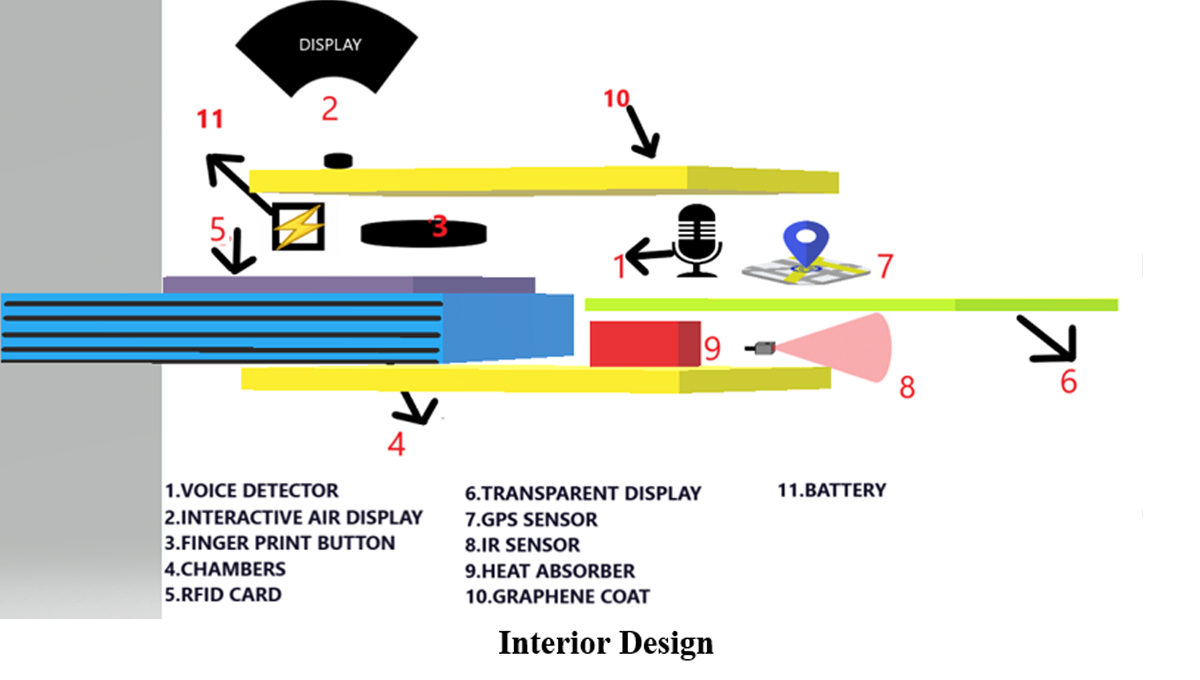 A smart wallet is an excellent technology to safeguard your credit and debit cards. Wallets these days are getting smarter with the latest technologies induced to monitor its presence. The proposed IoT- based wallet model is more smart, intelligent, secure, and safe which encompasses the best use of the latest IoT technologies in our pocket. The prototype consists of fingerprinting access technology, Augmented Reality (AR) navigation, Interactive Air Display (IAD)/ Transparent Display (TD), Voice control mechanism, Emergency alerts, RFID features, and many more. The smart wallet is designed to overcome the shortcomings of the regular wallet types.
A smart wallet is an excellent technology to safeguard your credit and debit cards. Wallets these days are getting smarter with the latest technologies induced to monitor its presence. The proposed IoT- based wallet model is more smart, intelligent, secure, and safe which encompasses the best use of the latest IoT technologies in our pocket. The prototype consists of fingerprinting access technology, Augmented Reality (AR) navigation, Interactive Air Display (IAD)/ Transparent Display (TD), Voice control mechanism, Emergency alerts, RFID features, and many more. The smart wallet is designed to overcome the shortcomings of the regular wallet types.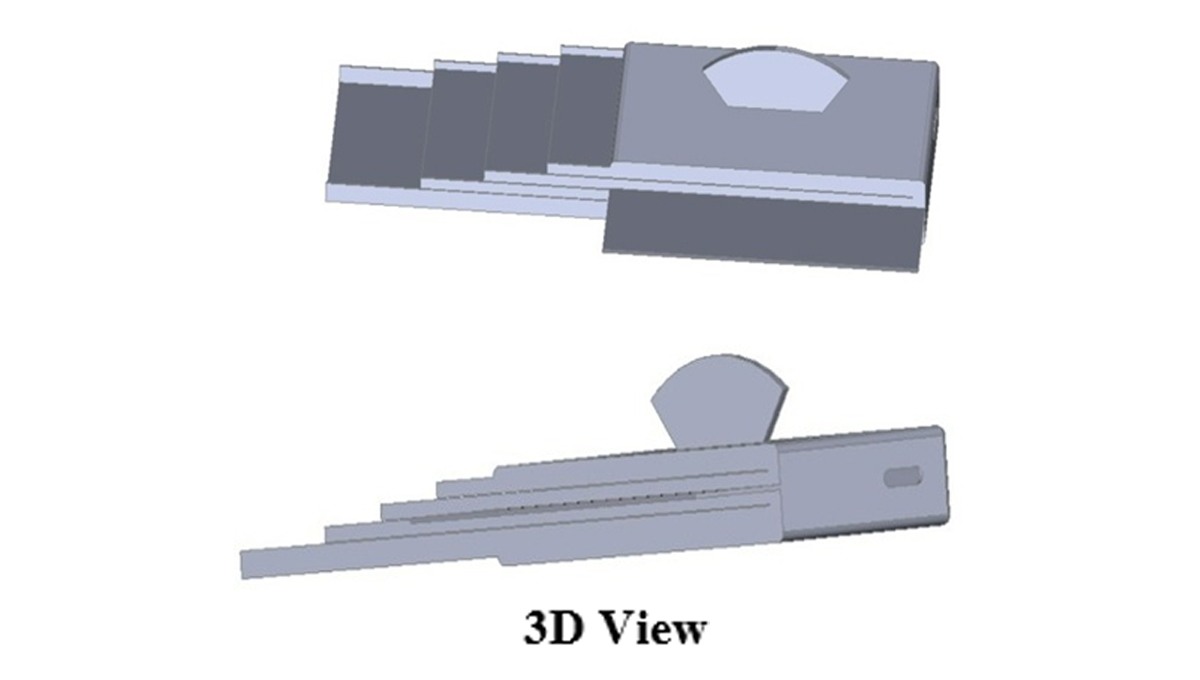 The new technology of AR makes the tracking of the wallet easier with a graphical pathway. And the voice control functionalities help the user to make the process easier in comparison to manual opening. IAD/ TD is used to control the mechanisms like opening the card or money case. To keep the data more secure from hackers, an RFID technology-enabled card is also embedded in the wallet. The strong Graphene outer covering is used to make the materials inside more flexible and safer. Besides, there is an emergency voice control mechanism that takes the instruction from the user and makes the surroundings alert by sending an alert message to the emergency contacts. And the cash counting facility in the wallet to keep track of the cash makes it a wholesome package of digital innovation.
The new technology of AR makes the tracking of the wallet easier with a graphical pathway. And the voice control functionalities help the user to make the process easier in comparison to manual opening. IAD/ TD is used to control the mechanisms like opening the card or money case. To keep the data more secure from hackers, an RFID technology-enabled card is also embedded in the wallet. The strong Graphene outer covering is used to make the materials inside more flexible and safer. Besides, there is an emergency voice control mechanism that takes the instruction from the user and makes the surroundings alert by sending an alert message to the emergency contacts. And the cash counting facility in the wallet to keep track of the cash makes it a wholesome package of digital innovation.The social implications of this smart wallet are:
• Enhanced features for preventing wallet misuse
• Alarm system to help in emergencies and threatening situations
• Best use of IoT technology in a user-friendly way
• Enabled with Wallet/ Card missing notifications
• Eco-friendly charging mechanism
With this innovation, the research team aims to bring technology to its fullest use to make significant transformations in the everyday life of society.
Continue reading → - Reconceiving the building blocks of the Universe June 2, 2022
The research at the Department of Physics is currently focusing on developing new theoretical frameworks to revamp the fundamental concepts that describe the origin of the universe. Assistant Professor Dr Amit Chakraborty has published a paper titled Revisiting Jet Clustering Algorithms for New Higgs Boson Searches in the Hadronic Final States in the European Physical Journal C, with an Impact Factor of 4.59.
Abstract
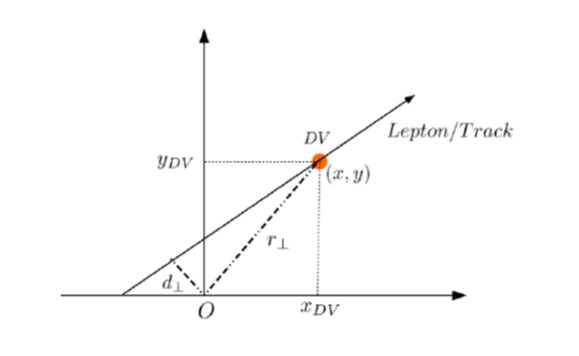 Displaced signatures originating from the pair production of a supersymmetric particle, called sneutrino, at the Large Hadron Collider (LHC) are studied. The theoretical model considered in this work is the Next-to-Minimal Supersymmetric Standard Model supplemented with right-handed neutrinos triggering a Type-I seesaw mechanism. The research has shown how such signatures can be established through a heavy Higgs portal when the sneutrinos are decaying to charged leptons and charginos giving rise to further leptons or hadrons. The research also illustrated how the Yukawa parameters of neutrinos can be extracted by measuring the lifetime of the sneutrino from the displaced vertices, thereby characterising the dynamics of the underlying mechanism of neutrino mass generation.
Displaced signatures originating from the pair production of a supersymmetric particle, called sneutrino, at the Large Hadron Collider (LHC) are studied. The theoretical model considered in this work is the Next-to-Minimal Supersymmetric Standard Model supplemented with right-handed neutrinos triggering a Type-I seesaw mechanism. The research has shown how such signatures can be established through a heavy Higgs portal when the sneutrinos are decaying to charged leptons and charginos giving rise to further leptons or hadrons. The research also illustrated how the Yukawa parameters of neutrinos can be extracted by measuring the lifetime of the sneutrino from the displaced vertices, thereby characterising the dynamics of the underlying mechanism of neutrino mass generation.Explanation of the research
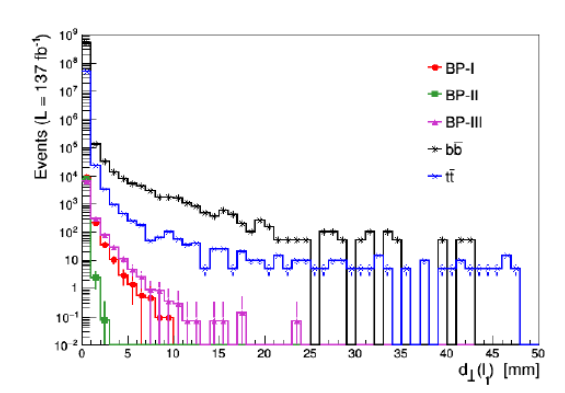 The Standard Model of Particle Physics is currently the remarkably successful theory to describe the basic building blocks of the universe and their interactions with the three fundamental forces of nature. Despite its success at explaining the universe, the Standard Model does have several limitations. For example, how neutrinos get their mass, why the mass spectrum of the different elements of SM fermions, namely quarks and leptons, are so hierarchical, why the Higgs boson mass is so low, etc. The primary research is to understand these issues and then propose theoretical models which circumvent these shortcomings of SM and provide signatures that can be tested in the ongoing or future proposed experiments.
The Standard Model of Particle Physics is currently the remarkably successful theory to describe the basic building blocks of the universe and their interactions with the three fundamental forces of nature. Despite its success at explaining the universe, the Standard Model does have several limitations. For example, how neutrinos get their mass, why the mass spectrum of the different elements of SM fermions, namely quarks and leptons, are so hierarchical, why the Higgs boson mass is so low, etc. The primary research is to understand these issues and then propose theoretical models which circumvent these shortcomings of SM and provide signatures that can be tested in the ongoing or future proposed experiments.For this research project, Dr Amit Chakraborty have collaborated with Particle Physics Department, STFC Rutherford Appleton Laboratory, UK and School of Physics and Astronomy, University of Southampton, UK. His broad research interest is to perform theoretical studies of physics beyond the Standard Model (BSM) in particular, collider search strategies and prospects of different BSM models at the Large Hadron Collider (LHC) and future proposed collider experiments. He aims to build new theoretical models, develop new techniques/tools, and devise new search strategies to improve our knowledge of the standard model as well as BSM physics processes.
Dr Amit Chakraborty’s future research topics include Higgs Boson Physics and Beyond Standard Model Physics Phenomenology, Dark Matter at the Colliders, Interpretable Machine Learning techniques in BSM Physics, and Ultra-light particles and Physics Beyond the Colliders.
Continue reading → - Gather around! Let’s undo the damage we caused! June 1, 2022
“The greatest threat to our planet is the belief that someone else will save it” – Robert Swan
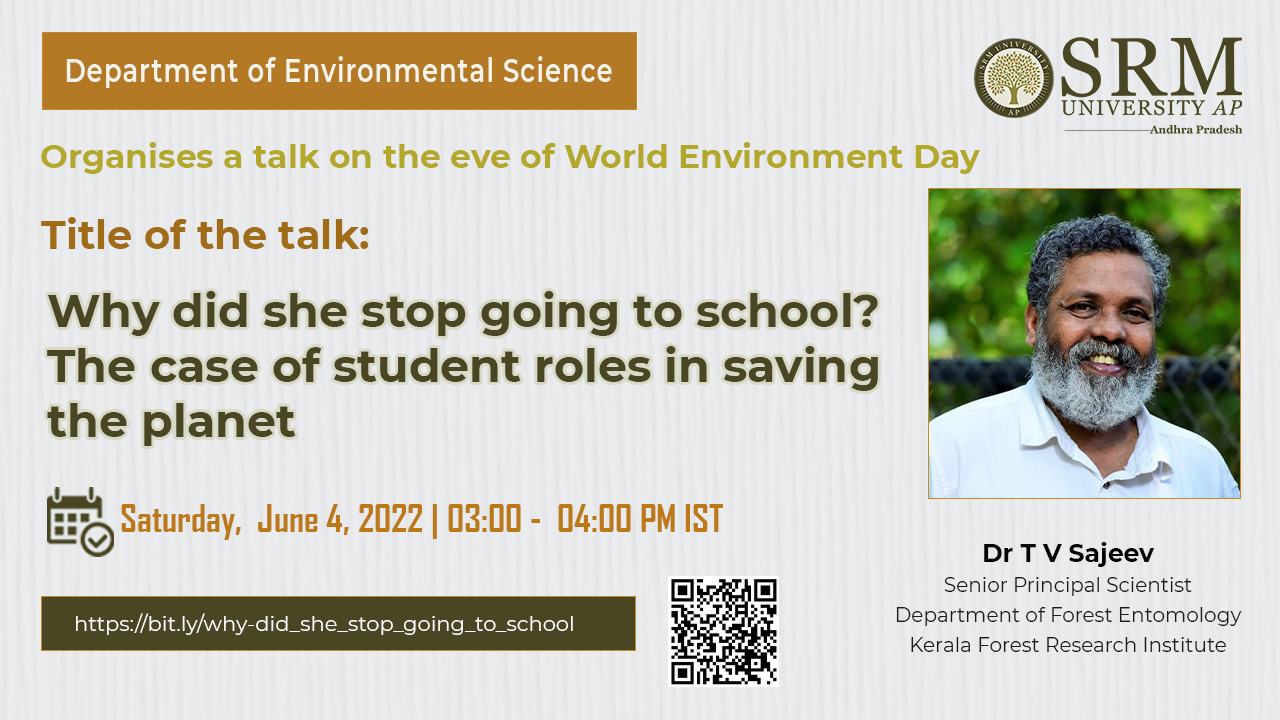 We live in a world where turning a blind eye to the air surrounding us is never an option. We are constantly reminded of our actions and their subsequent consequences on the planet. Yet many of us are in denial of the widening damages caused by us, and humanity is using the world’s resources faster than they can naturally recover. World Environment Day is here to kick you out of your comfort zone and push you to pause and reflect on what you have done so far.
We live in a world where turning a blind eye to the air surrounding us is never an option. We are constantly reminded of our actions and their subsequent consequences on the planet. Yet many of us are in denial of the widening damages caused by us, and humanity is using the world’s resources faster than they can naturally recover. World Environment Day is here to kick you out of your comfort zone and push you to pause and reflect on what you have done so far.On the eve of World Environment Day, the Department of Environmental Science is organising a webinar to discuss topics that need immediate response actions. Dr T V Sajeev, Senior Principal Scientist, Department of Forest Entomology, Kerala Forest Research Institute, will be delivering a talk on ‘Why did she stop going to school? The case of student roles in saving the planet’.
Date: June 04, 2022
Time: 3.00 pm to 4.00 pm IST
About the speaker
Dr T V Sajeev has twenty years of service as a scientist in KFRI and twenty-eight years of research experience. He has a PhD in Environmental Sciences from CUSAT. His focused areas of research are landscape fragmentation, population dynamics of insects, political ecology, biological control, and management of alien species. Currently, he coordinates a Tree Health Helpline Desk in KFRI to benefit forest tree farmers in Kerala. He has also secured a patent for the development of a biopesticide.
World Environment Day 2022 urges you to celebrate planet Earth through collective transformative actions. Let’s undo the damages we caused! Come listen to what our #OnlyOneEarth has to say.
Continue reading → - Hatchlab incubates student venture Amruthik Private Ltd June 1, 2022
Empowering and Enabling startup entrepreneurs
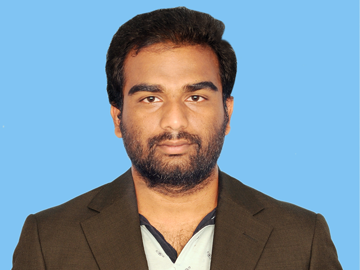 A personal incident motivated Jithin Peram, final year Computer Science Engineering student, to start Amruthik Pvt. Ltd, a company which supplies customised food to various hospitals based on the specific needs of the patients. Various doctors and hospitals have appreciated this customisation of food as per the need. Patients are satisfied as they do not have to take the generic food given by the hospital canteen now. Instead, they have the option to have a very specific diet prescribed by certified dieticians.
A personal incident motivated Jithin Peram, final year Computer Science Engineering student, to start Amruthik Pvt. Ltd, a company which supplies customised food to various hospitals based on the specific needs of the patients. Various doctors and hospitals have appreciated this customisation of food as per the need. Patients are satisfied as they do not have to take the generic food given by the hospital canteen now. Instead, they have the option to have a very specific diet prescribed by certified dieticians.The motivation behind the launch of Amruthik is quite inspirational. Jithin’s grandfather passed away due to corona. While his grandfather was suffering with Covid-19 and was admitted in hospital, Jithin was preparing for viva practicals. On hearing the news, he was shattered and it struck him how quickly everything can change around us. Since Jithin was not able to do small things such as taking lunch to his grandfather or standing next to him for moral support; With Amruthik, Jithin dreams of being there for people who need moral support and care in their hospital beds “This makes me happy, and I believe this kind of support is something everyone deserves”, says Jithin on a happy note.
Five years from now, Jithin envisions himself supporting, helping and standing by millions of people who need such services. He believes in putting smiles on faces and wants to see the impressive growth of his company.
Let’s see what Jithin says
As an engineering student, I would have never known the opportunities I have, even with the idea to build my company I would have been lost without proper guidance The Hatchlab Research Centre has given me guidance and a foundation that I can rely upon building my company.
I am thankful for the immense support I got from the faculty and the guidance provided by SRM AP, I especially thank Mr Udayan Bakshi for mentoring me and sharing his experiences with me.
Continue reading → - Ultra-stable perovskite nanocrystals for light-emitting applications June 1, 2022

Cesium lead halide perovskite nanocrystals (PNCs) belong to the flourishing research area in the field of photovoltaic and optoelectronic applications because of their excellent optical and electronic properties. Mainly, Cesium lead bromide (CsPbBr3) NCs with bright green photoluminescence (PL) and narrow full-width at half-maximum (FWHM) of <25 nm are the most desirable for television displays and green-emitting LEDs. However, challenges with respect to CsPbBr3 PNCs‘ stability, limit their usage in practical applications. The recent findings of Dr Nimai Mishra and his research team assert that surface passivation with an additional ligand could be an excellent, easy, and facile approach to enhancing the photoluminescence and stability of PNCs.
Dr Nimai Mishra, Assistant Professor, Department of Chemistry, along with his research group comprising of students pursuing PhD under him, Dr V G Vasavi Dutt, Mr Syed Akhil, Mr Rahul Singh, and Mr Manoj Palabathuni have published their research article titled “Year-Long Stability and Near-Unity Photoluminescence Quantum Yield of CsPbBr3 Perovskite Nanocrystals by Benzoic Acid Post-treatment“ in The Journal of Physical Chemistry C (A Q1 journal published by ‘The American Chemical Society’) having an impact factor of ~4.2.
In this article, the research group addresses the stability issues of green-emitting CsPbBr3 PNCs with simple post-treatment using benzoic acid (BA). A remarkable improvement in PLQY from 69.8% to 97% (near unity) was observed in benzoic acid-treated CsPbBr3 PNCs. The effective surface passivation by benzoic acid is also apparent from PL decay profiles of BA-CsPbBr3 PNCs. The long-term ambient stability and stability against ethanol of BA-CsPbBr3 PNCs are also well presented in the research. The PL intensity of untreated CsPbBr3 PNCs is completely lost within five months since the synthesis date, while ̴ 65% of initial PL intensity is preserved for BA-CsPbBr3 PNCs even after one year.
Furthermore, BA-CsPbBr3 PNCs exhibits excellent photo-stability where 36% of PL is retained while PL is completely quenched when the PNCs are exposed to 24 hours of continuous UV irradiation. Importantly, BA-CsPbBr3 PNCs show excellent stability against ethanol treatment as well. Finally, green, emitting diodes using BA-CsPbBr3 PNCs are fabricated by drop-casting NCs onto blue-emitting LED lights. Thus a simple benzoic acid posttreatment further presents the scope of use of these materials display technologies.

